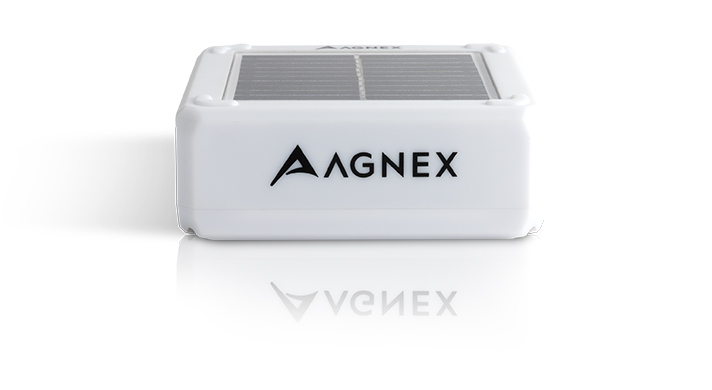Biofuels Boost Input $
EPAct creates a healthy focus on corn. “To meet that goal, ethanol plants would use 2.5 billion bushels of corn, an increase in the current usage of 1 billion bushels,” says Otto Deering, Purdue University ag economist, in Ag Answers e-newsletter. USDA estimates 2006 corn production at 10.9 bushels. With more ethanol plantsin the works, the higher corn prices also will encourage growers to plant more corn.
“In the short term, farmers will likely need to increase planted acreages of corn in 2007 by an additional 3 to 4 million acres of corn,” says Estelle Grasset, public affairs specialist, The Fertilizer Institute. Such an increase “will profit the entire agricultural economy, including fertilizer suppliers, retailers, and Corn Belt farm service centers,” she adds.
Grower reaction to biofuels “has been pretty positive and long-term, it should continue to grow,” says Warren Hull, vice president of energy at Central Valley Ag Co-op, O’Neill, NE.
Biofuel Benefits
Here’s a quick look at the potential benefits for key input arteries of your business.
Fertilizer: More corn translates into more fertilizer sales. “Depending on the type of cropping system used, it typically takes 1.5 to 2 pounds of fertilizer nutrients to produce a bushel of corn; the net result on nutrient demand will be positive despite the decline in soybean acreage,” Grasset says. “Nitrogen (N) fertilizers will benefit the most from the rise in planted corn acres; yet, increased corn production also will impact phosphate and potash products.
“Using recent application rate data, an additional 1 million acres planted of corn would require 65,000 nutrient tons of N, 23,000 nutrient tons of phosphate, and 27,000 nutrient tons of potash,” she says. “The demand for micronutrients should also increase.”
Seed: The anticipation of higher corn prices paid by ethanol plants than traditional outlets (see graph) should mean increased corn seed sales, along with more biotech plantings of Roundup Ready corn, YieldGard Plus, and stacked trait varieties. It also may persuade some growers to change their crop rotation, even with Roundup Ready corn.
Retailers and growers already can choose from corn hybrids that naturally have higher ethanol yield potential — about 7%. For example, Pioneer Hi-Bred International, Inc. labels such hybrids as HTF (high total fermentables) as part of its Pioneer IndustrySelect Program. “Among our top 20 hybrid sellers, 17 were designated HTF,” says Jerry Harrington, Pioneer sales and marketing public relations manager. “That says you don’t have to sacrifice yield to get higher ethanol yield.”
Manufacturers are working on hybrids specifically for ethanol production.
Crop Protection: The anticipated increase of ethanol plants coming online begets more corn acres, “which should drive the demand up for herbicides,” says Tom Hall, stewardship and security policy leader, CropLife America.
Many growers, concerned about glyphosate tolerance/resistance in weeds, will utilize a two-pass program, applying a preemergence herbicide followed by glyphosate postemergence, potentially creating further retailer revenues, say experts.
Other Revenue Prospects
As farm size increases, more growers are doing their own application. “We anticipate that will grow, although retailers and custom applicators still do the majority of application,” says Jim Thrift, vice president of regulatory policy and corporate relations, Agricultural Retailers Association.
Retail outlets with grain elevators have another profit opportunity. Central Valley Ag’s Hull points out that ethanol plants need more corn and will purchase it from local grain elevators.
“Producers will be looking for the latest information to value add production for the ethanol or biofuels market; aggressive farmers putting together a crops program will want to maximize production at the lowest cost,” CropLife America’s Hall says. “The retailer that gets this farmer must have crop advisors that are on top of their game to earn their way on to these farms.”





